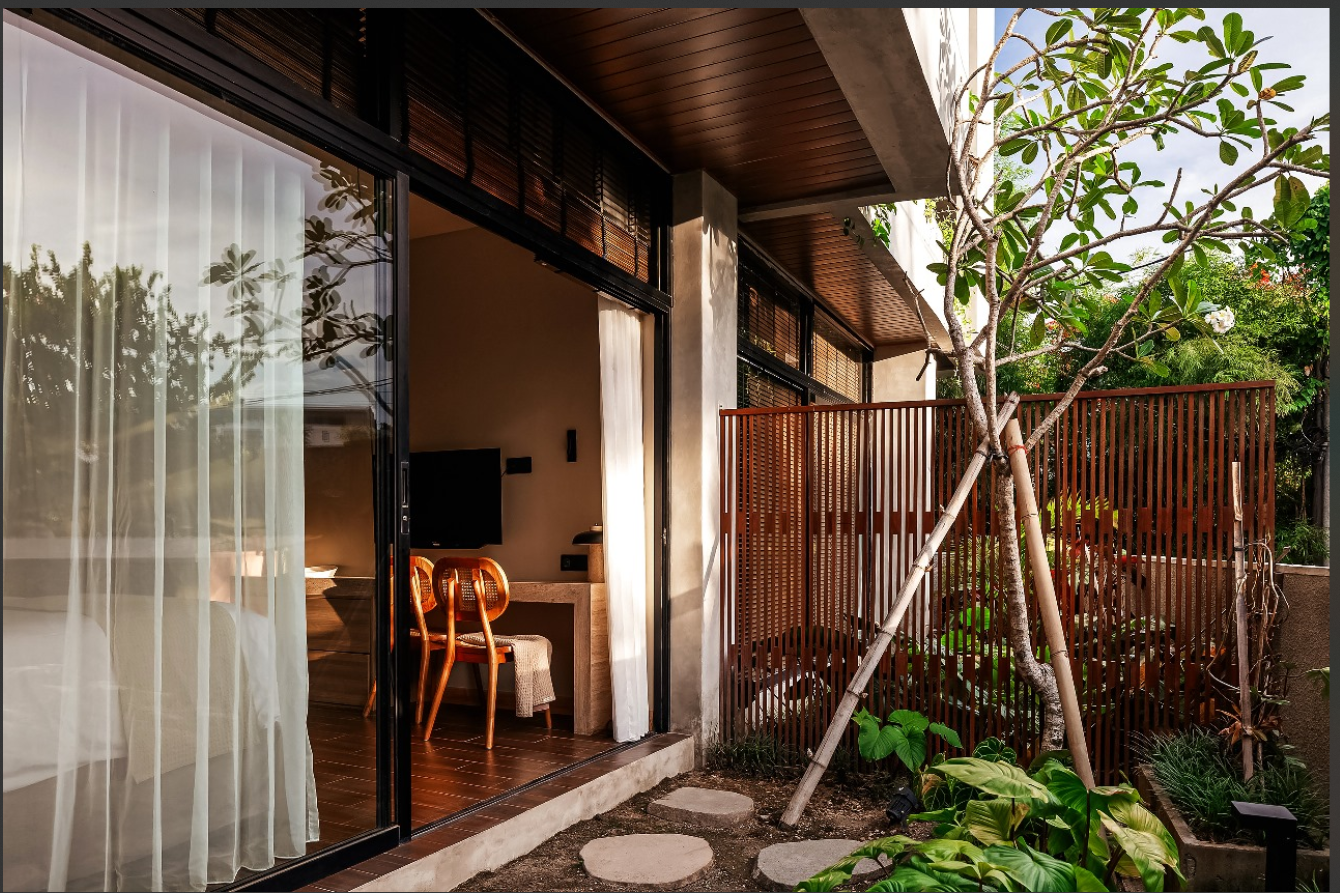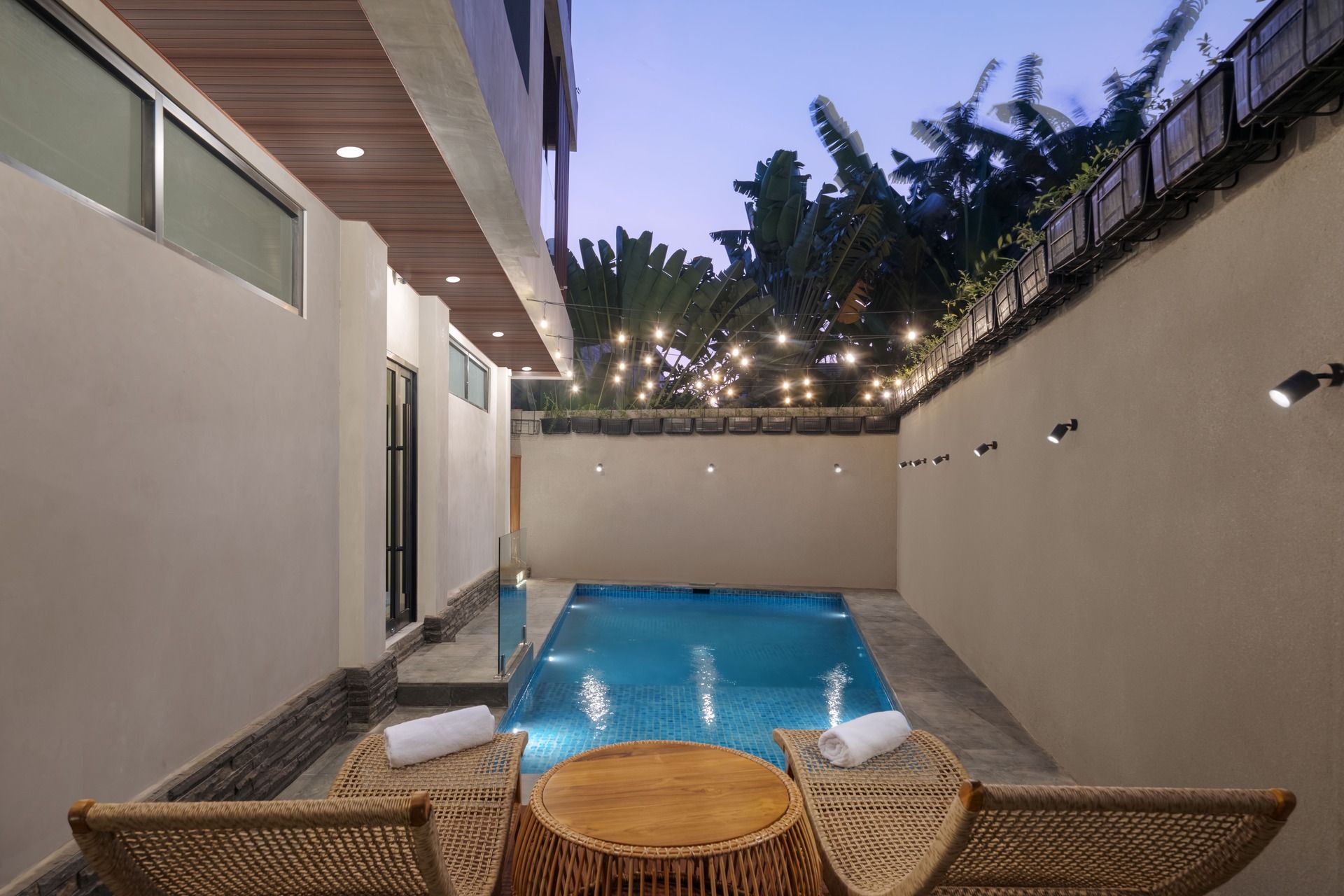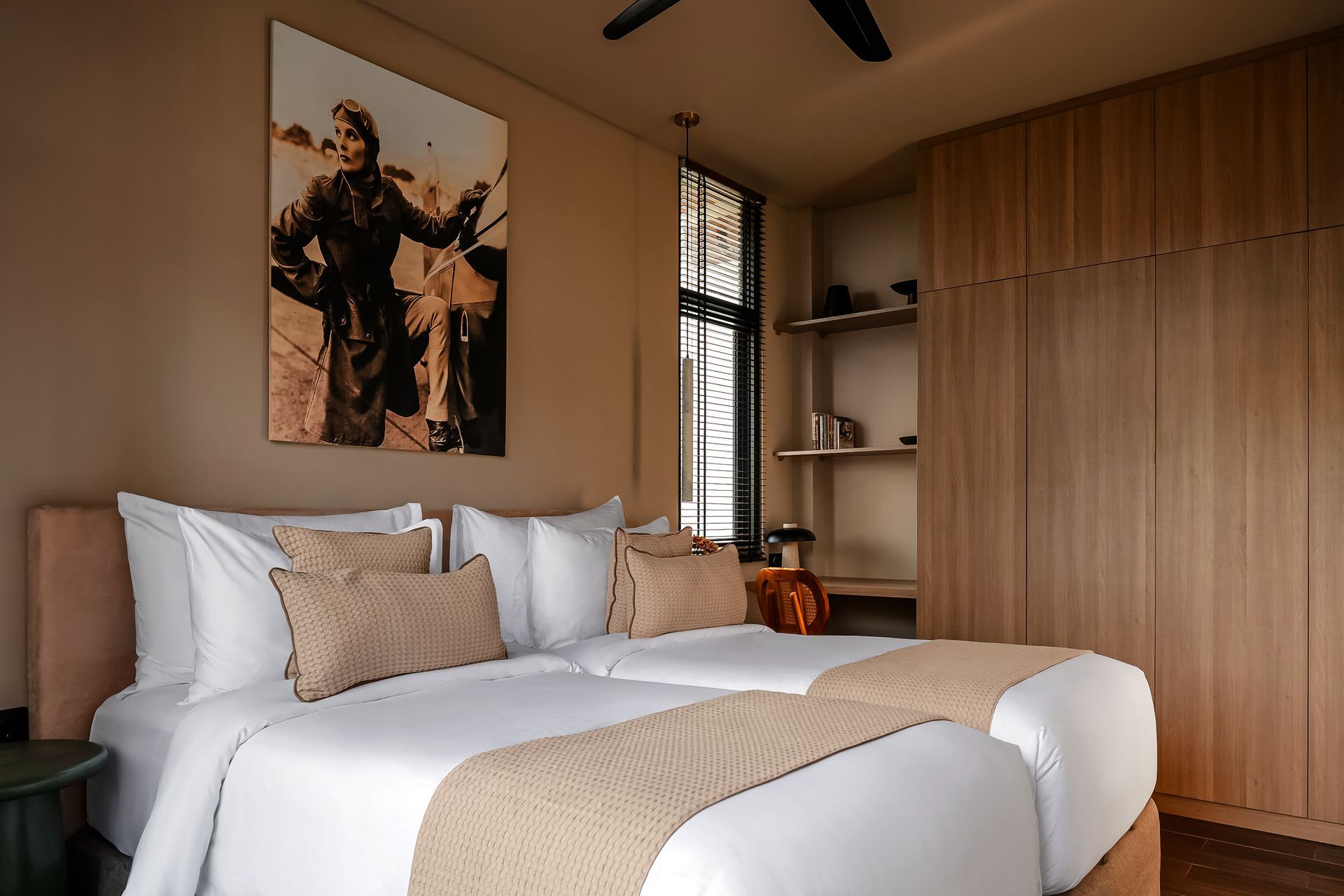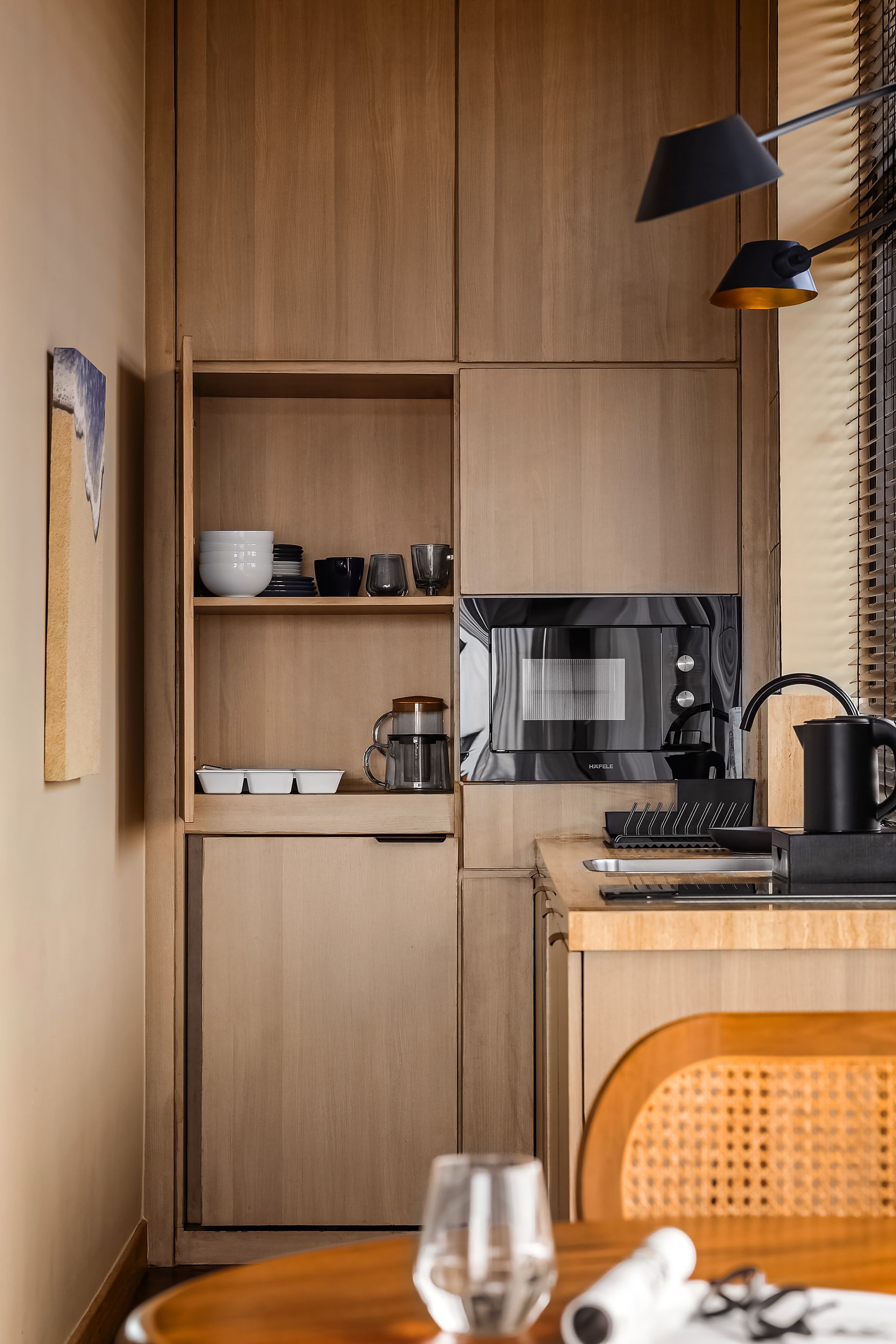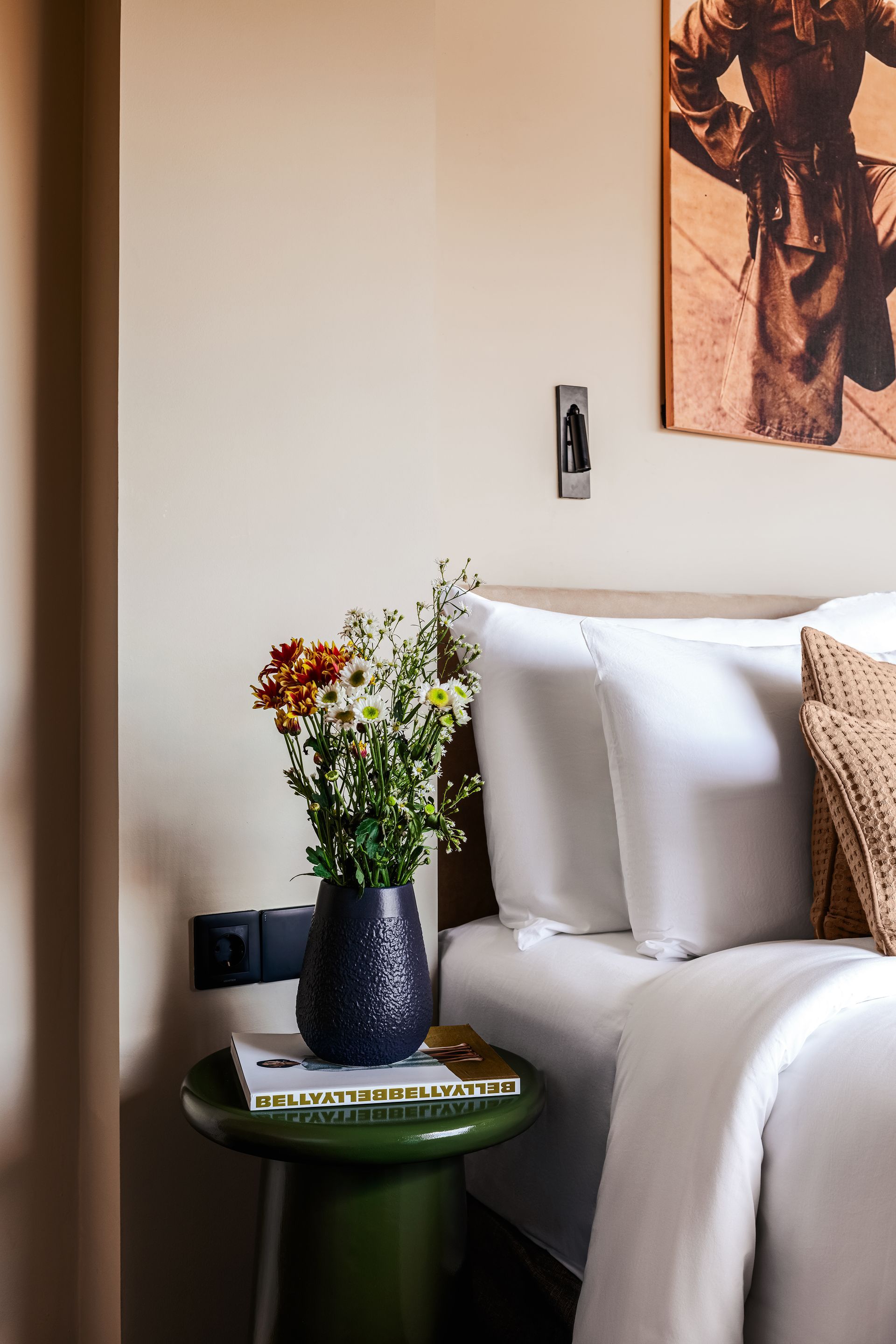Explore West Bali in One Day – From Aviator Bali in Canggu
Explore West Bali in One Day – From Aviator Bali in Canggu
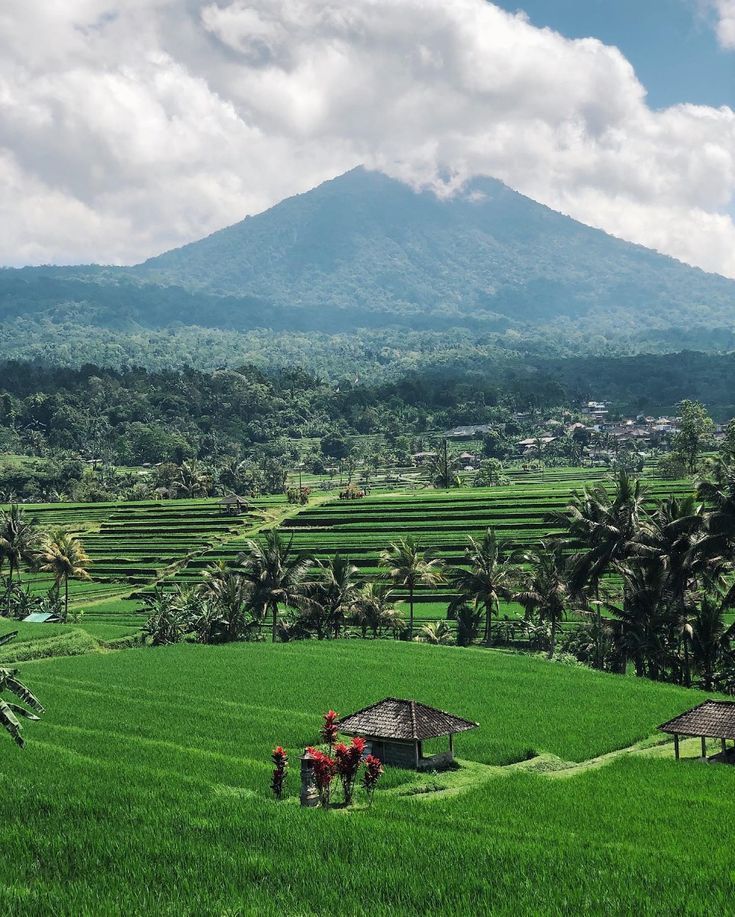
Explore West Bali in One Day – From Aviator Bali in Canggu
Aviator Bali – Fly Your Life
Start your day early at Aviator Bali, a boutique hotel nestled in the heart of Canggu where the essence of adventure and relaxation seamlessly merge. With the motto “Fly Your Life,” this space isn’t just a place to stay—it’s a launchpad for meaningful experiences. Wake up to the sound of waves gently crashing in the distance and the golden rays of sunrise pouring through your balcony. Canggu in the morning is peaceful, still stretching itself awake with the hum of scooters and the scent of fresh coffee in the air. Before the town gets busy, take a slow rooftop breakfast at Aviator—perhaps some tropical fruits, toast, and a cup of strong Balinese kopi. Let your senses calibrate to the rhythm of the island as you prepare for an immersive day ahead.
By 8:00 AM, your journey begins. Whether you're hopping on a rented scooter for freedom or riding in a private car with a local guide, you're headed west into Tabanan Regency—one of Bali’s most authentic and underrated areas. Unlike Seminyak or Ubud, Tabanan is less touched by tourism, allowing its natural charm to shine unfiltered. The moment you leave the buzz of Canggu behind, you’ll notice the roads begin to wind through lush landscapes—flashes of banana trees, temples adorned with fresh offerings, and rice fields that seem to ripple like green ocean waves. Morning mist still lingers in the air, especially around the elevated regions, and the temperature feels cooler, fresher.
You’ll pass through sleepy villages where roosters call, children walk to school in crisp uniforms, and elders gather on porches with their morning tea. Occasionally, you’ll spot farmers carrying tools or harvesting rice, offering a glimpse into Bali’s enduring agrarian life. Every corner reveals something unique—maybe a roadside shrine wrapped in black-and-white checkered cloth or a family compound gate beautifully carved in volcanic stone. It's these in-between moments, often unnoticed on Instagram, that create the deepest sense of wonder.
This stretch of road isn’t just a route; it’s a transition—from the coastal cool of Canggu into the rich cultural spine of Bali. And this is exactly the philosophy behind Fly Your Life—an invitation to go beyond the obvious, to take flight not just across physical distances, but into deeper connection with the land, its spirit, and yourself. This journey isn’t only about destinations; it’s about the process of moving, seeing, listening. From the moment you leave Aviator Bali, you’re not just a traveler—you become part of Bali’s story in motion.
After an hour or so of scenic driving through Bali’s inland charm, your first major stop awaits: Pura Taman Ayun, located in the quiet district of Mengwi. Known as one of Bali’s most architecturally significant temples, Taman Ayun—which means "beautiful garden"—lives up to its name at first glance. Built in 1634 by the royal Mengwi dynasty, this temple was designed as a place of worship not only for the local gods, but also for the deified ancestors of the kingdom. The spiritual and historical weight of the site is immediately apparent—but instead of being overwhelming, it wraps you in a quiet sense of reverence and peace.
As you enter the temple complex, you’re greeted by meticulously landscaped gardens, flowering frangipani trees, and an elegant moat that surrounds the central compound. The pathway to the inner courtyard is lined with traditional Balinese sculptures and intricately carved gateways that feel like portals to another time. You might catch the scent of incense in the air or hear the soft rustle of ceremonial cloths in the breeze. This is a temple that invites you not just to observe, but to slow down, walk gently, and feel every step.
Inside the main temple grounds, you’ll find multi-tiered meru towers—symbolizing sacred mountains, ancestral spirits, and various gods in the Balinese Hindu pantheon. Each shrine has a specific purpose, and although non-Hindus cannot enter the inner sanctums, you can respectfully walk the perimeter and observe the harmony of structure, symbolism, and nature. A large central lawn offers space to reflect, sit, or even meditate briefly if you feel called to do so. Taman Ayun is an embodiment of Tri Hita Karana—the Balinese principle of balance between humans, nature, and the spiritual realm—and you feel this philosophy in the layout, the water features, and the way everything flows together.
What makes Taman Ayun special is how it remains elegant without extravagance, sacred without overwhelming rituals. It doesn’t demand attention; it gently draws you in. Unlike the more famous temples in Bali often packed with crowds, here you’ll find a quieter, more reflective atmosphere—especially in the morning. Birds chirp, the air is fresh, and time seems to move slower. If you’re lucky, you might even witness a small offering ceremony taking place, where locals bring woven canang sari filled with flowers, rice, and incense to place at the base of statues or shrines.
This stop sets the tone for the rest of your day—a gentle but profound reminder that travel isn’t always about chasing epic views or ticking off tourist spots. Sometimes, it’s about connecting with something older, deeper, and wiser than ourselves. Pura Taman Ayun doesn’t just show you Bali’s religious heritage—it invites you to feel it. And as you continue your westward journey, you carry with you that subtle but powerful shift in energy—a sense of calm, rootedness, and wonder. This is only the beginning of West Bali’s spiritual unfolding, and Aviator Bali is proud to guide you through it—one sacred step at a time.
Leaving the serene temple grounds of Taman Ayun, the journey continues further north into the heart of Bali’s agricultural soul: the Jatiluwih Rice Terraces. The road winds gently uphill, with views becoming increasingly dramatic—valleys, bamboo groves, and terraced hillsides start to unfold around every bend. By the time you reach Jatiluwih, the sense of arrival is undeniable. Here lies a UNESCO World Heritage site that feels less like a destination and more like a living, breathing canvas of tradition and resilience. “Jatiluwih” itself means “truly beautiful,” and once you step out of your vehicle and look out over the vast sea of green layers, you understand just how fitting the name is.
These rice fields are not just photogenic—they’re part of a sacred and ancient system called Subak, a cooperative irrigation practice developed in the 9th century, rooted in the Hindu concept of harmony between humans, nature, and spirit. It’s not merely farming; it’s spiritual engineering. As you walk along the well-maintained trails that weave through the terraces, you’ll often see small shrines placed near water inlets, where offerings are made to Dewi Sri, the goddess of rice and fertility. The locals don’t just grow rice—they honor it. This reverence is evident in every flowing canal, every carved coconut-leaf decoration tied to bamboo poles.
If you choose to take one of the longer walking routes—some spanning 1 to 5 kilometers—you’ll pass through sections where the only sounds are birds, wind, and the crunch of gravel under your feet. Farmers with wide-brimmed hats might nod as they walk past carrying tools, or you may see an elderly woman sitting beneath a tree, hand-weaving ceremonial baskets from palm leaves. There’s a quiet dignity to daily life here that humbles even the most seasoned traveler. Jatiluwih isn’t about spectacle; it’s about sacred simplicity.
When hunger strikes, a perfect spot to pause is one of the small warungs overlooking the terraces. Order a plate of nasi campur or satay lilit while sipping on fresh coconut water straight from the shell. With the cool highland breeze on your face and miles of lush terraced slopes in your view, lunch becomes an experience in mindfulness. Every bite tastes better when it’s grounded in place and moment.
Jatiluwih is often bypassed by tourists in favor of the more commercialized Tegallalang terraces near Ubud—but this is exactly why it's so special. The lack of crowds allows for presence. It’s not uncommon to find yourself completely alone on a stretch of trail, lost in the rhythmic pattern of nature’s geometry. As you leave Jatiluwih, there's a feeling of deep gratitude—not just for the landscape, but for the way it slows you down, recenters you, and reawakens a deeper appreciation for the interconnection of land, spirit, and community.





